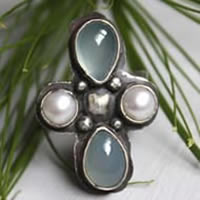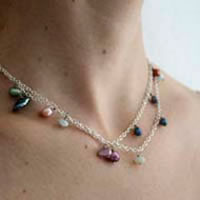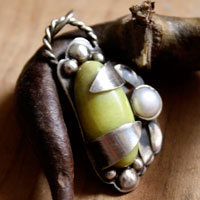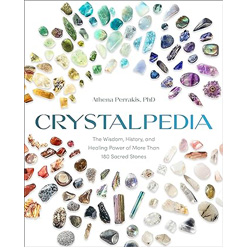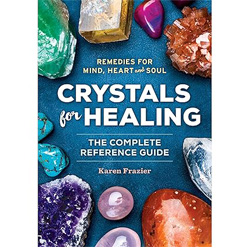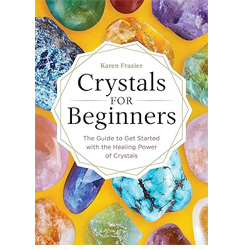- Jewelry
- Inspiration
- Good Deals
- Paintings
- About
- Contact
JEWELRY
- Anklet
- Bracelets
- Brooches
- Cufflinks
- Earrings
- Pendants & Necklaces
- Rings
- Draw your jewelry
- GOOD DEALS
- How to clean your jewel
- Metal we used
INSPIRATION
- Our imagination
- Birthstones
- Druids and druidesses
- Flower meanings
- History, archeology jewelry
- Japanese symbols
- Lithotherapy and stone choice
- Illumination jewelry
- Maya calendar jewelry
- Stone color symbolism
- Stones Catalogue
- Searches a theme on the site
ABOUT
Mother of pearl: history, healing properties and lithotherapy
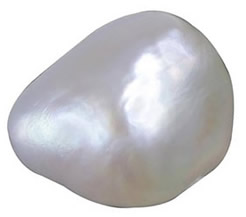
Mother of pearl properties
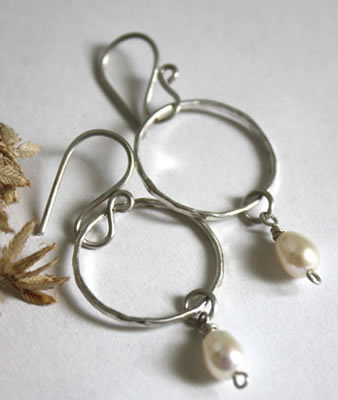
Fresh water pearls or mother or pearls, primarily composed of nacre, are the result of a fascinating process. Initially, an irritation, often caused by a grain of sand, prompts the mollusk to react by gradually depositing layers of nacre around the foreign particle (such as a grain of sand or parasite). This is how the pearl forms, distinct from the nacre that forms the mollusk’s shell. Nacre, primarily made up of aragonite crystals, gives the pearl its characteristic beauty and luster.
Pearls come in eight basic shapes, each contributing its own aesthetic appeal: round, semi-round, button, drop, pear, oval, baroque, and circled. Among them, perfectly round pearls are the rarest and most coveted for their flawless symmetry, embodying timeless elegance.
As for their lifespan, it is estimated at approximately 100 to 150 years due to their organic composition, thus offering enduring beauty across generations.
History, legends and beliefs about fresh water pearls
Since antiquity, pearls have captivated the imagination of peoples around the world due to their rarity, brilliance, and priceless value.
The exact origin of their first use remains a mystery, but their allure transcends cultural boundaries. Some ancient civilizations were deeply fascinated by cultured pearls, considering them treasures worthy of the gods, while others, like the Japanese until recently, viewed them as mere shells with no added value. Polynesian populations, on the other hand, used pearls as simple beads, unaware of their aesthetic and symbolic potential.
The age-old tradition of wearing pearls appears to have emerged in India and other regions of Asia, where the Phoenicians traded them to introduce them to Europe.
The Pandyas, an ancient dynasty of South India, played a significant role in pearl collection as early as the 6th century BCE. They exercised strict control over pearl fishing along the southern coast of India, in Sri Lanka, and in the Gulf of Mannar, thus organizing their flourishing trade. The writings of the Greek historian Megasthenes attest to their expertise, particularly regarding the pearls of Mannar, renowned as the finest in the ancient world due to their exceptional quality.
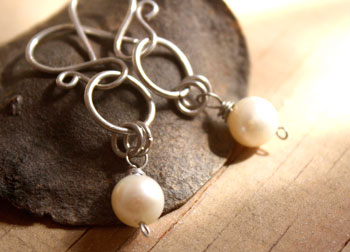
The intensive exploitation of cultured pearls in the South China Sea began primarily with the Chinese around 206 BCE, marking the beginning of a lasting fascination with these marine gems.
The Greeks referred to them as "Marguerites," but it was only after the Greco-Persian Wars (5th century BCE) that their use became widespread, elevating pearls to a symbol of luxury and refinement in the ancient Mediterranean world.
In the Bible, specifically in the Book of Proverbs, pearls are mentioned multiple times, indicating their recognition and value among the Hebrews.
As for the Quran, it also makes repeated references to pearls, describing them as sumptuous ornaments for the inhabitants of paradise, thus emphasizing their sacred nature and their association with divine perfection and beauty.
In Hinduism, pearls hold a prominent place, permeating their tradition with symbols and rituals. The Garuda Purana, a book of Hindu mythology, mentions nine sacred pearls, attesting to their spiritual significance. Pearls are also present in daily life, such as the necklace of 104 pearls worn by King Malabar, representing the number of morning prayers, or the divine ornament of the koustubha necklace worn by Vishnu himself.
In traditional medicine, Hindus advocate the use of pearl powder to stimulate digestion and treat mental ailments, thus highlighting their value both spiritually and therapeutically in Hindu culture.
Today, the majority of pearls are cultivated, which has significantly increased their production while reducing the difficulties associated with their collection. Indeed, in nature, searching for pearls often requires opening a large number of oysters in the hope of finding one.
The cultivation process typically involves the deliberate introduction of a foreign object inside the oyster, triggering its natural protective reaction and the beginning of pearl formation. This controlled method provides a more efficient and sustainable way to produce these precious treasures of the sea.
Mines: all around the world, but more particularly in Japan, China, Thailand and Tahiti.
Famous fresh water pearls
La Huerfana, also known as "the Orphan," was one of the most remarkable pieces of the Spanish crown. This magnificent pearl, of impressive size, was discovered in the waters of the Gulf of Panama. Originally owned by the first governor of Cuba, Doña Isabel de Bobadilla, it fell into obscurity during the destruction of the palace in a fire in the 18th century.
The large pink pearl holds the title of the largest fine abalone pearl ever discovered. This baroque pearl, weighing 470 carats, was unearthed by Wesley Rankin in California in 1990. Its valuation in 1991 reached an impressive sum of 4.7 million US dollars, thus testifying to its rarity and exceptional value on the market.
La Peregrina, or "the Pilgrim," remains one of the most legendary pearls in history. Discovered in the shape of a drop, it weighed 55.95 carats, making it the largest of its time. In 1913, after meticulous cleaning and expert polishing, its weight was reduced to 50.96 carats, but its fame remained intact.
Its tumultuous history began in the 16th century when this precious pearl was found by an African slave in the waters of the Gulf of Panama, who used it to buy his freedom.
Through mysterious circumstances, it ended up in the hands of King Philip II of Spain, who presented it as a gift to the new queen, Mary of Spain.
Passing from the Spanish crown to owners as illustrious as Joseph Bonaparte and Queen Margaret, it was eventually acquired by the British Marquis of Abercom.
In 1969, the Peregrina's story took a new turn when it was acquired by actor Richard Burton for $37,000, gifted to his wife, the legendary Elizabeth Taylor.
In 2011, this iconic pearl was auctioned for an impressive $11 million to an anonymous collector, marking a new chapter in its extraordinary journey through history.
The Abernathy pearl, also known by the charming moniker "Willie’s Little Pearl," remains a true wonder of nature. This freshwater pearl, renowned as the most perfect ever discovered, was miraculously found in 1967 by a diver named Abernathy, in a mussel in the Scottish waters. Its brilliance and perfection were unparalleled, captivating all who beheld it.
This extraordinary discovery sparked great interest, but despite efforts made, no other pearl of this quality was ever found in Scotland. Smaller pearls, though less spectacular, were nonetheless exploited until the mussel stocks were depleted.
The Allah pearl, also known as the Lao Tzu pearl, remains a marine marvel of unmatched importance. Discovered in 1934 off Palawan, Philippines, this colossal pearl was the tragic result of a diver losing his life during its discovery. Rescued from the depths, it was christened by the island’s emir in homage to its magnificence, becoming the legendary Pearl of Allah.
With an impressive weight of approximately 6.4 kilograms and an irregular shape that attests to its uniqueness, this rare pearl was gifted in 1939 to Wilburn Dowell Cobb for saving the emir’s son’s life. Its historical significance and inestimable value were recognized when its heirs sold it for 1 million francs to the renowned jeweler Peter Hoffman in 1980.
The story of the Allah pearl reached its zenith in 2006 when its value was estimated at a staggering $61,850,000, reflecting not only its rarity and beauty but also its legendary status among the greatest treasures of the sea.
The Gogibus pearl remains an invaluable treasure in the history of pearls, recognized as the most imposing pear-shaped fine pearl discovered during the first half of the 17th century in Western India. Weighing 126 carats, this legendary pearl is said to have been acquired by King Philip IV of Spain from the merchant François Gogibus around the year 1620.
Its majestic appearance quickly made it a preferred accessory for the king, who proudly wore it as a brooch on his hats during his official appearances.
The Gresham pearl, a remarkable gift presented to Queen Elizabeth by the merchant prince Thomas Gresham, embodies both the generosity and ingenuity of its benefactor. Valued at an impressive sum of $15,000 at the time, this precious pearl was presented to the queen in memorable circumstances. According to history, Thomas Gresham offered the pearl in the form of powder, delicately sprinkled on toast, accompanied by a glass of wine, in order to create a grand spectacle and impress the Spanish ambassador.
This bold gesture speaks to Gresham’s ingenuity, who sought to demonstrate his ability to offer sumptuous feasts even to monarchs. By using the pearl in such an original way, he created an unforgettable moment that left an indelible mark in the annals of Elizabeth’s court.
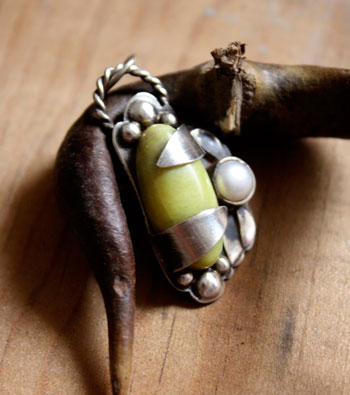
The Arco Valley pearl, a magnificent baroque fine pearl weighing 575 carats, has gained legendary fame due to a fascinating story linking it to the Chinese Emperor Kublai Khan and the explorer Marco Polo. According to legend, this pearl was purportedly offered to Kublai Khan by Marco Polo himself, thus bearing witness to the fabulous tales of Polo's travels in the East. However, despite the fascination it evokes, no tangible historical evidence supports this story, leaving the truth shrouded in mystery.
Nevertheless, the pearl’s name reveals a different yet equally captivating connection. The Arco Valley pearl derives its appellation from its association with two prestigious Austro-German families, the Arco and the Valley.
The Hope pearl remains an icon among sea pearls, celebrated for its impressive size of 450 carats and global renown. Although not perfectly round, its irregular shape imparts a unique character and imposing presence, measuring between 5 and 10 centimeters in diameter.
The "Queen of Pearls," a gem of rare beauty, is distinguished by its perfect roundness and impressive weight of 27.5 carats. Once part of the jewels of the Bourbon royal family, this precious pearl was acquired by Louis XIV in 1669, adding a touch of luxury to the French court. For nearly two centuries, it remained a symbol of grandeur and magnificence within the royal family, until the upheavals of the French Revolution led to the sale of royal assets in 1791. During this tumultuous period, it was sold for the considerable sum of 200,000 pounds, disappearing from circulation thereafter.
However, the story of the "Queen of Pearls" does not end there. Speculations persist about its ultimate fate, with some claiming that it was renamed "La Pellegrina" and found refuge in the collection of the Zosima family, now displayed in the Moscow museum. This theory adds a mysterious dimension to the story of this exceptional pearl, shrouding its true heritage in uncertainty.
Healing properties and benefits of the fresh water pearl
The cultured pearl embodies much more than its radiant beauty, as it is associated with a multitude of virtues and health benefits.
- Celebrated as the stone of sincerity, it is revered for its ability to foster authenticity and harmony in human relationships.
- The pearl is renowned for alleviating eye infections, such as vision disorders and cataracts, providing welcome relief and improved visual clarity.
- On the cardiovascular front, the pearl is considered a precious ally, capable of regulating heart palpitations and reducing high blood pressure, offering natural support for cardiovascular health.
- The cultured pearl is also praised for its digestive benefits, helping to soothe digestion-related issues and promoting a healthy gastrointestinal system.
- In terms of fertility, the pearl is often associated with increased reproductive capacity, offering hope to couples seeking to conceive.
- It is reputed for its effectiveness in treating bipolar disorder, providing relief from symptoms and promoting mental balance.
- The pearl is also known to enhance kidney function, contributing to the overall health of the urinary system.
- It is beneficial in treating joint problems such as arthritis and rheumatism, as well as for the lymphatic system, providing effective relief and improving overall well-being.
- Its soothing properties make it effective in relieving skin issues, providing welcome relief for dermatological conditions.
- One should also consider the properties of its raw material, nacre.
⚠ Please note that all healing properties presented for gemstones are gathered from various sources. This information is provided as a service and is not intended to treat medical conditions. It is recommended to consult a healthcare professional for serious medical issues and not to rely solely on gemstones as a treatment.

